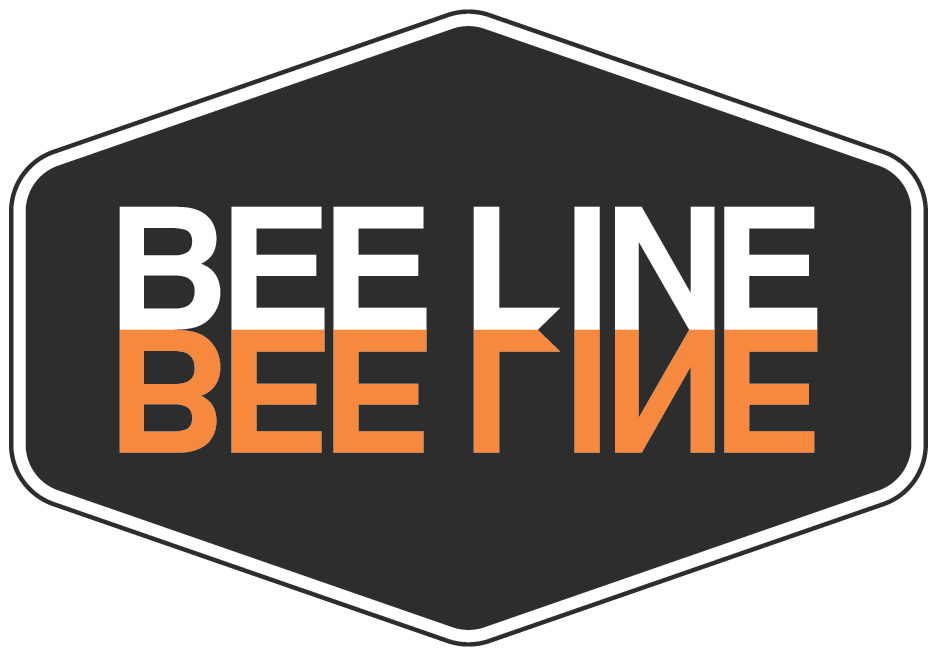When it comes to marketing during a crisis, there is a lot to consider when building out your marketing campaigns and plans. As a medical and surgical cleaning company, our marketing team has been following a set of 7 guiding principles that have helped us as we’ve strategically built out our campaigns over these months. These principles have not only grown our community connection, but also elicited many positive results, feedback, and new business throughout these trying times.
Principle 1: Communicate with Compassion, Action and Wisdom
Communication is by far the most important tool in our marketing toolbox. It will help to keep customers and viewers connected with you and your mission, and will absolutely set you apart from competitors if done right. Before we send out any type of collateral or campaign message, we make sure to check that our communication includes the following elements.
-
Leading with compassion:
These are trying and uncertain times for all of us, and no matter what industry you service, it is absolutely critical that you make it well known to your customers that first and foremost, you care. This will bolster your credibility, and turn you into the company people turn to in times of distress.
-
Offering actionable tips:
In a crisis like this, people want to know what to do and how to act. Make sure to put your customer first, and build your communication around immediate takeaways for them.
-
Educate wisely:
You can describe the chemical makeup of a virus until you’re blue in the face, but if the client doesn’t walk away feeling knowledgeable and empowered, your message wasn’t successful.
Instead, educate wisely. Lead your communication efforts with what a reader needs to immediately grasp or understand to benefit themselves and protect their family. Build yourself up as an industry expert by tying the takeaways back to your specialty, and then back it up with relevant research.
Principle 2: Determine Appropriate Frequencies for Communication

The amount of communication you choose to deliver depends on your audience and your message. Especially now, while every day is different, it’s critical to keep your customers in-the-loop about your business’ strategies during the outbreak (such as remote options/hour changes/etc), as well as if they should know about any updates or changes to your policies. These messages can go out daily or a few times a week.
As for your informational marketing, craft it strategically. Keep the heavier, statistic-heavy reports and PSA’s limited to once or twice a week, and share the lighter, positive communication (happy memes, acts of kindness, etc) in smaller doses more often to give your clients a reason to enjoy tuning into your marketing.
Principle 3: Choose the Appropriate Platform
There are many methods to get your message across, but choosing a platform has a bit more nuance to it than simply spamming the same message across fifty social accounts. The platform completely depends on what type of client you’re striving to attract, and how they best consume their knowledge. For instance, if your marketing is targeting business executives, they might enjoy more print media, such as white papers, case studies, news articles, and LinkedIn shares.
Meanwhile, if you’re targeting everyday shoppers, they might be more attuned to Youtube videos, blogs, email newsletters, Facebook posts, Instagram stories, and more interactive mediums. This is ultimately up to you – but choose the platform that will be most likely to attract your client, and focus on that to truly create quality content over quantity.
Principle 4: Consider What to Avoid Sharing
There is a lot you can do right during this crisis, but there’s a lot you can also do very wrong. I would say the biggest faux-pas to avoid is fear-mongering, scare tactics to get clicks, trying to speak intelligibly about a topic you don’t know much about. Stick to communicating around your niche and your expertise, and by all means avoid making promises to your clients that you might not be able to uphold.
Principle 5: Make Sure Your Marketing is Remote-Friendly
To get you started, I would suggest setting up Google Analytics on your website if you haven’t already, and learning their dashboard to understand who is visiting you, and why.
You can also use optimized software to help with your reporting and tracking. For instance, if you want to send an email bulletin, use a software that will give you analytics on open/click/bounce rates, such as Mailchimp.
Lastly, I’d highly recommend setting up an automated system to collect new customer inquiries, such as a chatbot, customer service line, landing page converter, or another software to help collect online inquiries in case you are not physically available.

Principle 6: Look to Leaders in the COVID-19 Marketing Space
I have gained a lot of insight by following companies outside of my industry, and then applying their tactics and messaging to my own.
So far I’ve been very impressed by companies who have mastered the customer experience side of marketing. Examples that come to mind include:
-
Airlines’ communications- Southwest, United, and Delta (the three I subscribe to) have done an incredible job of consistently updating their passengers about new changes and offerings, and with presenting new workaround solutions for passengers on a daily basis.
-
Classpass is a great example of optimizing the customer experience during this outbreak, despite potential harm to their own bottom line. For instance, they sent a notification that allowed a one-click pause option to stop memberships for the time being since so many gyms are on lockdown
-
Uber has proven itself an iterative genius throughout this outbreak, updating rider’s options consistently to allow for peace-of-mind and safety for both drivers and riders. They even implemented a pop-up on their home screen that says “Travel only if necessary. If you must travel, please exercise caution for your safety and the safety of our community”. They’re actively discouraging riding (their main source of revenue) out of concern for the safety of others. Talk about leading with compassion!
And, if I may, my company, Bee Line Support, is working hard to build many channels of effective and preemptive communication with our clients, team members, candidates, and community. Follow along if you’re curious!
Principle 7: Don’t Recreate the Wheel – Simply Start with What You Have
Again, these are trying times. If you are a business owner who’s trying to navigate this new world of digital marketing and remote-based communication, my best advice is to focus on what you currently have, and what you can do right now to help. Ask yourself:
-
Who are your current clients, and what could you say, do or offer to reassure them of your value and loyalty during these outbreaks?
-
Who are your ideal clients, and what could your company say, do or offer that would set you apart from your competitors?
-
Who are your current employees, and what could you say, do or offer to demonstrate your loyalty, flexibility, and support during these times?
If you come up with strong solutions for each segment above, your marketing and customer communication is already ahead of the curve.
About The Author
msimon@beelinesupport.com
administrator
Meg is a key member of Bee Line’s marketing dream team, helping to keep the processes, data, and growth of the company running smoothly! She moved to Chicago from her hometown of South Saint Paul, Minnesota, and loves to scour the city searching for the best new brunch spots and walking trails. She has a special place in her heart for good ice cream, as well as her home team, the Minnesota Twins. She’s excited about her new role at Bee Line and is looking forward to learning all of the ways we will be marketing, branding, and growing amidst the ever-changing landscapes.




